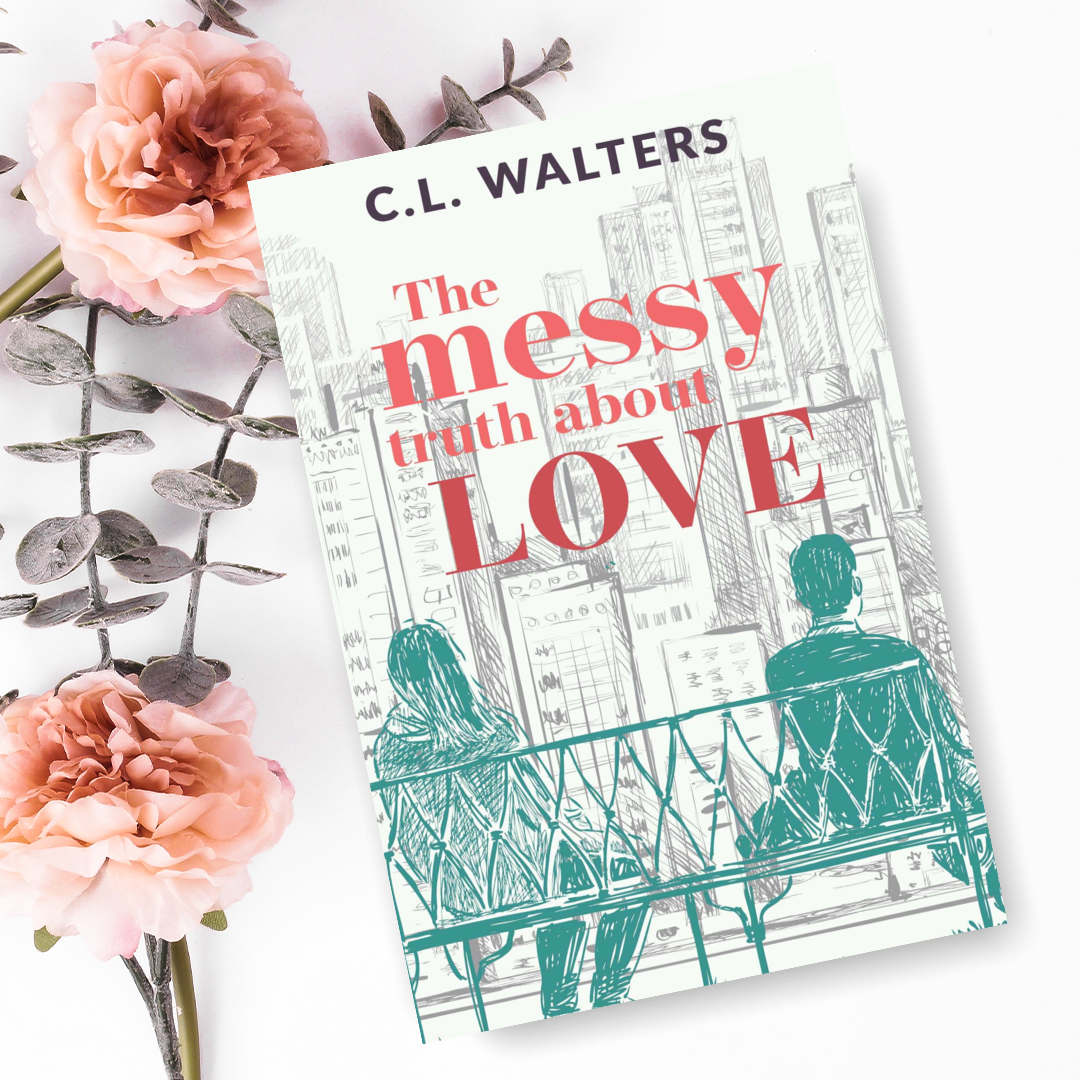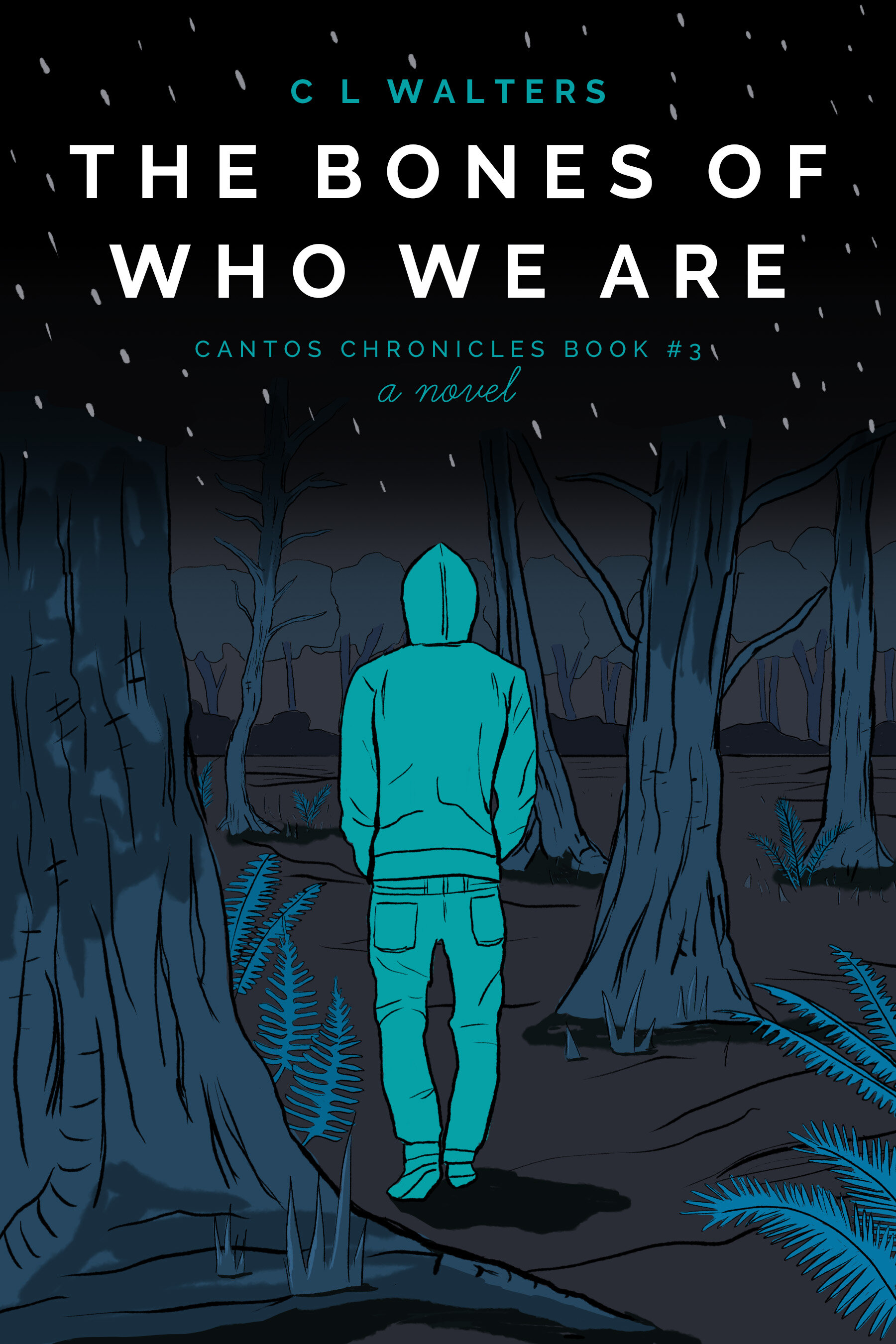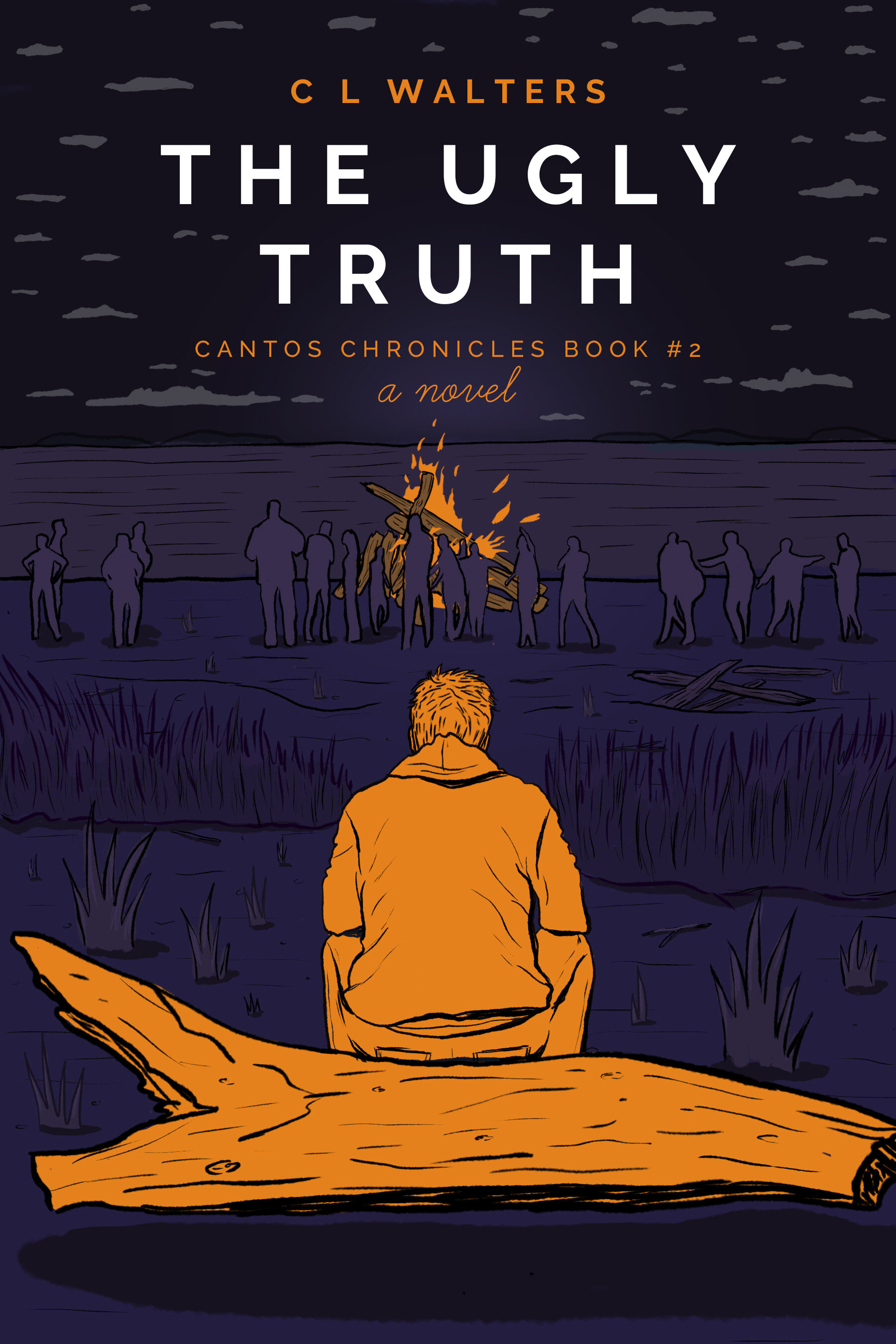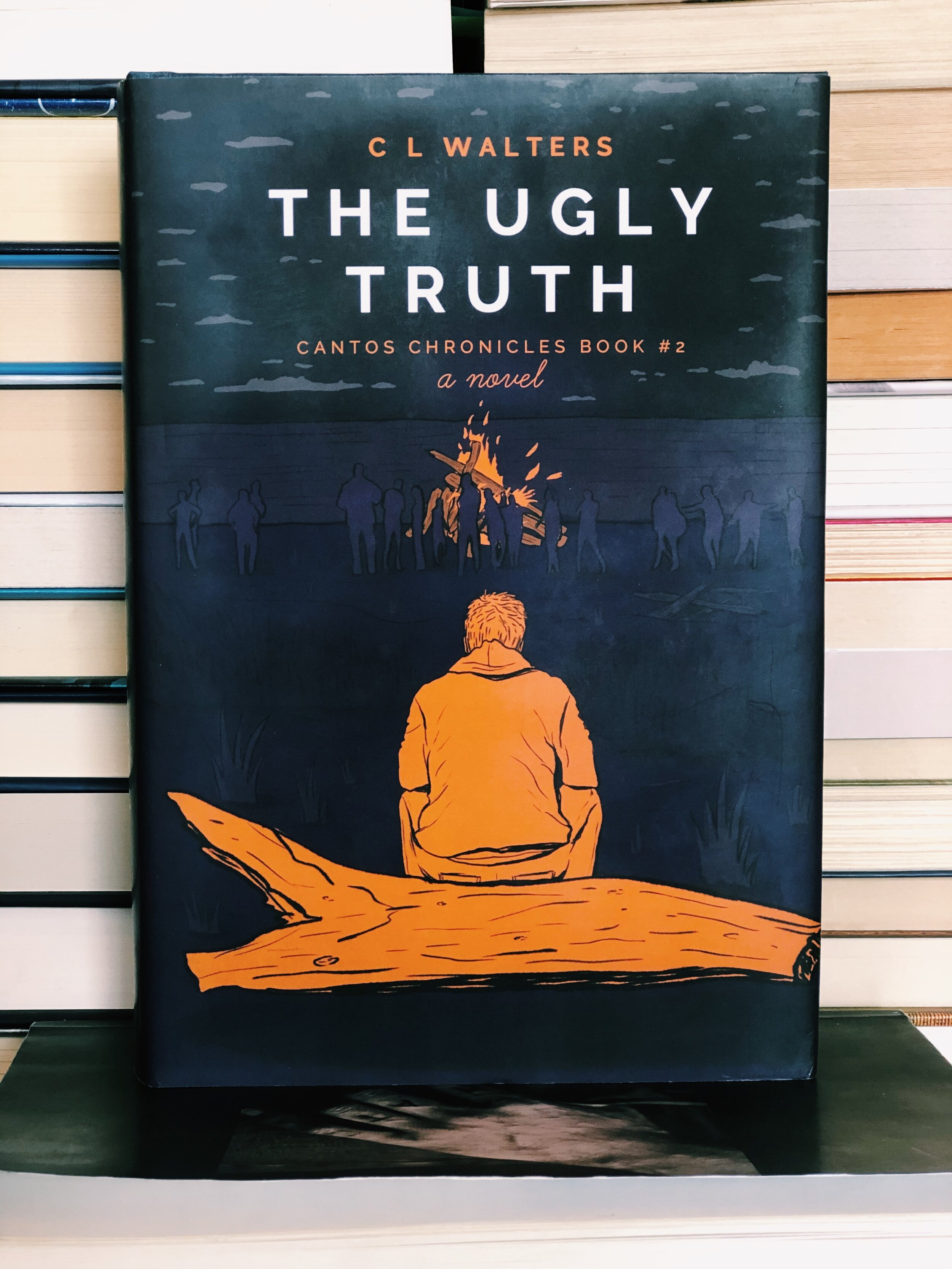When I set out to write The Messy Truth About Love, I had no idea that it was going to dive into an abusive relationship. In fact, since I was writing about Seth (a reoccurring character from The Ugly Truth) I thought his mental health recovery in the midst of his own childhood abuse situation would be as dark as I dove. Only Hannah made me look closer at her relationship with her ex-boyfriend, Sebastian. And suddenly, I was researching abusive relationships and the warning signs.
I’d planned to publish the following “Author’s Note” here, but before I did, in a fortuitous convergence of events, I was listening to a recent episode of Crime Junkies Podcast that aligned with my own purpose. It was the story of Yeardley Love.
Yeardley was a fourth-year college lacrosse player when her life was cut short in a domestic violence event. Her on-and-off-again boyfriend, also a fourth year college lacrosse player, in a fit of drunken rage, attacked her, killing her. He was arrested, found guilty of 2nd degree murder, and sentenced to 23 years in prison. That can’t bring back Yeardley to her loved ones, but they sought to honor her memory. In order to combat the pervasive way domestic violence haunts our society, Yeardley’s family started the One Love Foundation to offer education and support, specifically to college students, as they navigate their relationships. I plan on supporting with a portion of the proceeds from The Messy Truth About Love.
Here’s why (from my Author’s Note):
In 2020 the #blackandwhite challenge circulated on social media. Women posted a black and white picture of themselves to highlight empowered women, only I remember learning after the fact that the impetus of the black and white photos got lost as if we were playing a game of telephone. The origin of that particular “challenge” was rooted in Turkey when women woke up to yet another black and white photo in the newspaper of another murdered woman. This time it was of Pinar Gultekin, a 27-year-old Turkish woman who’d been murdered—strangled, burned, then buried in concrete—by her ex-boyfriend in what was called an “honour killing.” Why? Because she told him “No.” Because she didn’t want to date him. Because she had moved on, he hadn’t and decided to choose for her. The unfortunate reality is that Gultekin’s photo in the newspaper was one of many black and white photos of murdered women in Turkey. Fed up and needing a way to fight back, Turkish women created the black and white photo reminder to increase awareness about the horrifically high femicide rates, specifically in Turkey, at the hands of their intimate partners.
They wanted change.
Pilar Gulekin’s story might have appeared in black and white—a photo and words on the page—but her life was lived in color, in a collection of experiences and relationships that made her a real human. Just like the many other stories and statistics we’re able to access in black and white, but rarely offer the color image.
Consider these black and white statistics from the United Nations and the World Health Organization:
Of the approximately 3.9 billion women in the world, over 736 million of them have been subjected to physical or sexual violence in their lifetime. It roughly estimates to 1 in 3 women though this statistic doesn’t include sexual harassment.
Most violence against women is committed by intimate partners or former husbands, and for those women who have been in an intimate relationship, 16% of those women will experience violence perpetrated by their partner against them.
In 2020, 81,000 women and girls were killed, and over half of those were at the hands of their intimate partner or other family member (and that’s only the ones we know about).
Less than 40% of women who experience violence at the hands of family or an intimate partner seek help, and less than 10% of those reach out to law enforcement.
Globally, violence against women disproportionately affects women in lower-middle- income situations.
I’m a fan of Crime Junkies (the true-crime podcast) and watching true crime documentaries. I’m not exactly sure why that is, though due to their popularity, I know I’m not alone. Though many of these stories shared offer context and work to flesh out the truth for the victim, I wonder if they provide the listener with a voyeuristic ability to stand outside of it. As if we’re passing by a terrible car accident and need to see the gruesome reality but sigh with relief that it didn’t include us. What gets to me about these stories: most of the cases are crimes against women. I wish I was surprised by this, but the unfortunate (and frighteningly pervasive attitude) is that violence against women is the norm, and worse, the undercurrent that somehow it was probably her fault.
No one does black and white voyeurism better than Americans. We’re great about looking at a black and white photo of a woman who’s been murdered in Turkey and distancing ourselves from it. It isn’t in our country, right?
Except there are black and white statistics that say it is. A study done by Asher and Lyric about women traveling on their own in the world and how they might consider their safety relative to various locations in the world. Asher and Lyric ranked the countries using datapoints that examined things like “walking alone at night,” the country’s “homicide rates against women,” “nonpartner sexual violence,” and “partner sexual violence,” as well as “attitudes about women and violence against women in general.” Out of the 50 countries examined, want to know where the United States lined up? Nineteenth with a C- sandwiched between Tunisia and Ukraine. And get this, the United States ranked 7th highest for intimate partner violence (Only Brazil, Morocco, India, Thailand, Turkey, and Chile ranked higher in that category). Turkey was 5th.
Take that in for a moment. Turkey—where Pilar Gultekin was killed for telling her former boyfriend “no”—was only two spots higher than the United States.
We want to distance ourselves and claim that kind of violence doesn’t happen in the United States, but those black and white statistics don’t lie, those black and white photos in newspapers, and the words written to offer the latest true-crime story offer us surface level truth. We look closer—and every single one of us should be looking closer—tell us a deeper truth. Each of those faces, every single one of those names, and every statistic is linked to a full-color story. Like Yeardley Love.
Hannah’s experience in The Messy Truth About Love is meant to showcase the subversive way abuse occurs in an intimate partnership. I’m going to go out on a limb and make the claim that women don’t walk into a relationship thinking it will be or become abusive. Then once immersed in that situation, getting out of it isn’t a black and white solution of just walking away (even if we’d like it to be). How does one leave without financial stability? What if there are children? Does she have supportive friends and family to help her? What if she goes to school with her abuser, like Hannah? And even if a woman leaves, what if their partner doesn’t get the message? What if he doesn’t adhere to the law? Or what if there aren’t any laws to protect her?
Hannah’s experience in this story is mild (I needed a positive and hopeful ending, folks). She’s a singular perspective. The truth is that the women most adversely affected by these black and white statistics are women of color, women immersed in low socio-economic circumstances, trans women. I can’t trivialize women’s experiences to say that their stories all wind up hopeful and positive like Hannah’s. There are too many cold-case files, too many murders, too many statistics, too many young children without mothers, too many stories to say that women’s stories aren’t happy or hopeful. It’s heartbreaking.
I need hope.
And yet, I don’t have anything very hopeful to offer with respect to this issue. I don’t have that glimmer of light to say: “Look! We can get better.” Only after I wrote this, our nation’s highest court overturned the landmark Roe versus Wade reversing women’s bodily autonomy. So my hope meter feels like it’s running a little low. Why? While body rights may seem a separate issue from intimate partner violence, they aren’t that disparate. Both issues communicate an attitude about women and where her agency lies, both of which say it’s outside of her own autonomy and in the hands of someone else. As Americans we want to distance ourselves and say intimate partner violence isn’t an American problem, but it is. It’s a national problem. It’s a global problem.
If you are a woman in trouble, please reach out. Here are some national resources for you:
https://www.thehotline.org/ or 1-800-799-SAFE (7233)
https://www.rainn.org/ or 1-800-656-HOPE (4673)
https://www.joinonelove.org/ (a great resources to temperature check your own relationship. There’s an app as well and everything is confidential.
Please call 9-1-1 if you are in immediate danger




























